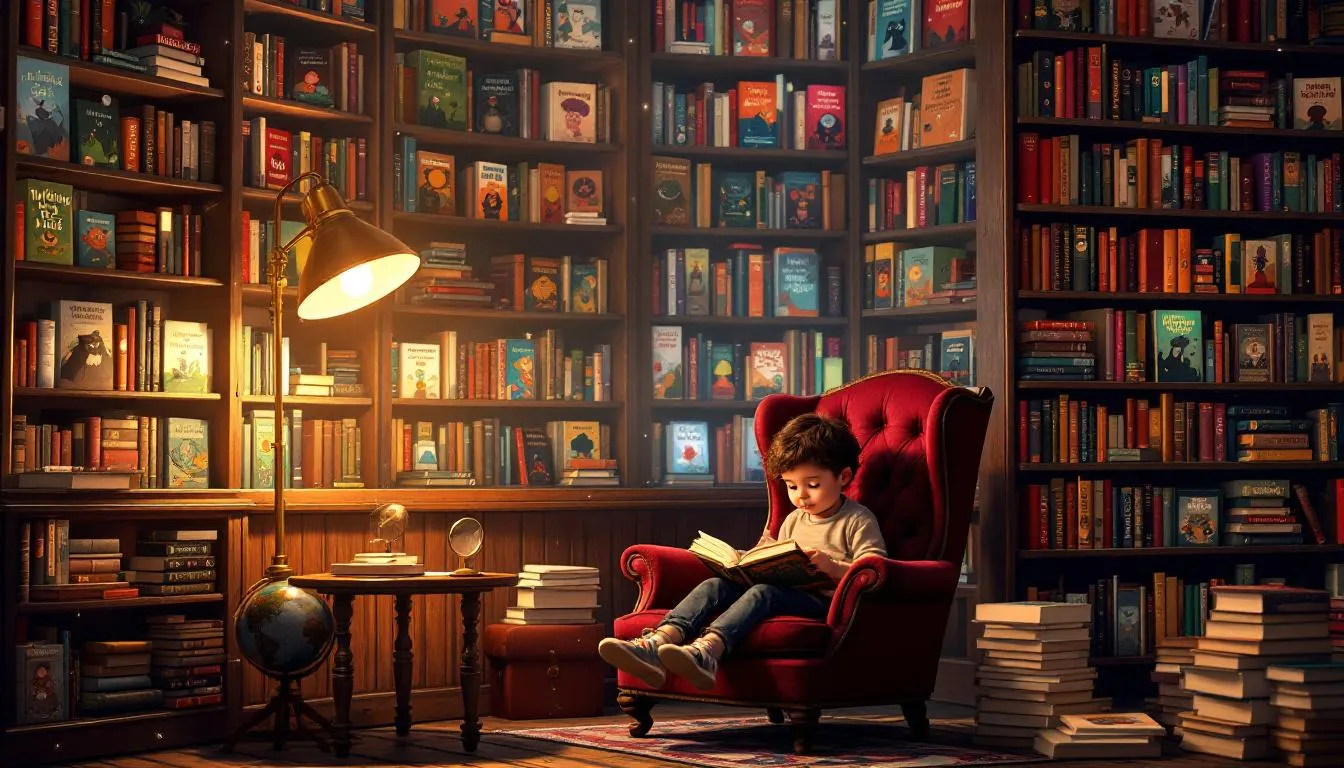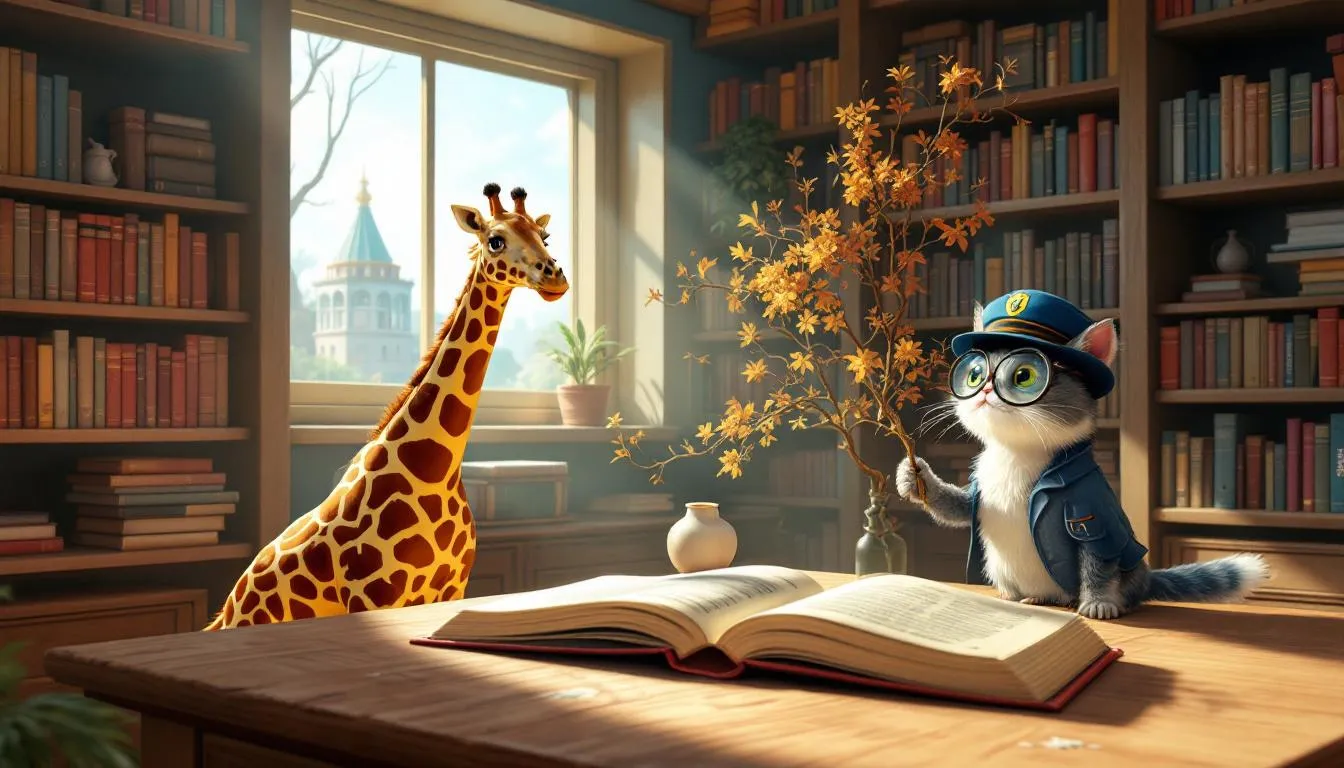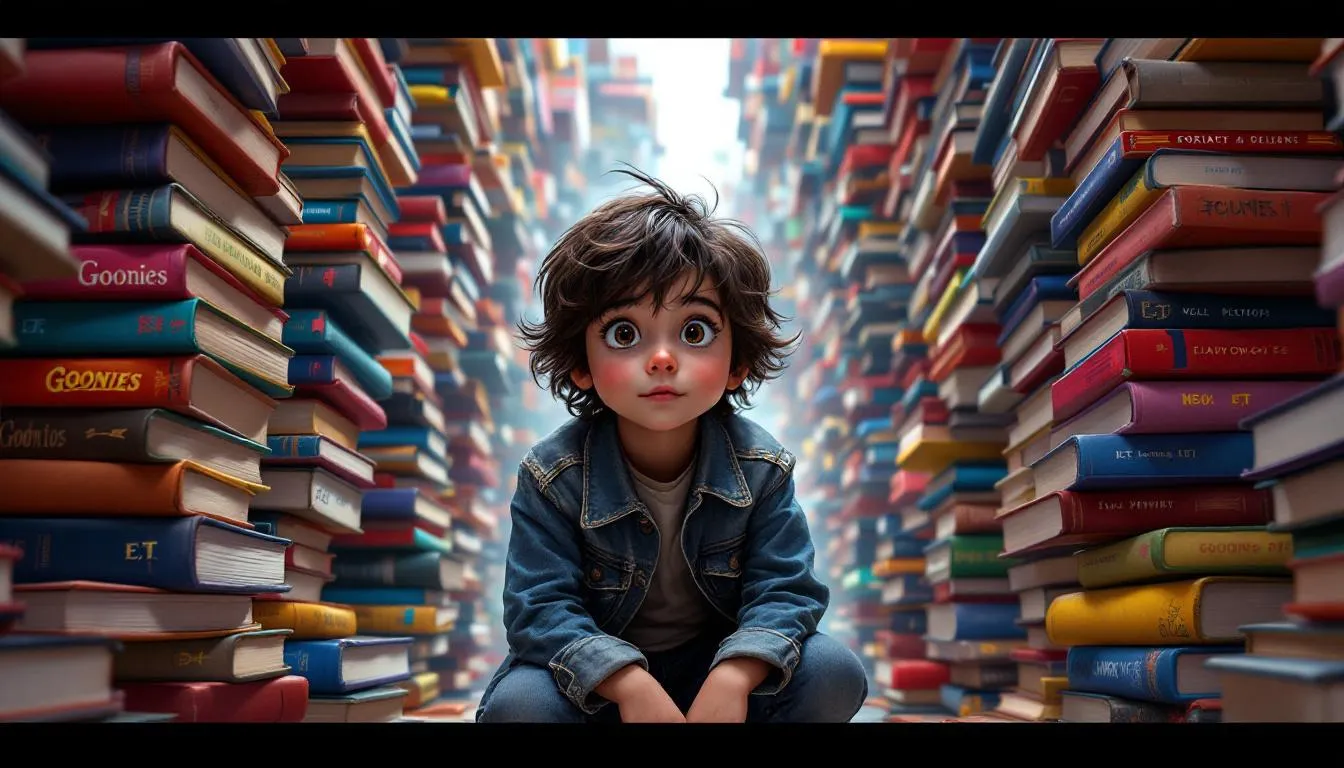Childhood books brim with magical realms and mystical creatures, sparking imaginations and opening the door to endless possibilities. These stories play a vital role in shaping how young minds perceive and believe in things unseen, allowing them to dream and explore without limits.
Table of Contents
Quick Answer
Childhood books are essential in nurturing a belief in the unseen, fostering creativity and a sense of wonder. Their enchantment lies not only in entertainment but in their power to transport us to lands where anything is possible.
What Makes Childhood Books Magical?
Reflect on your childhood, when a book was more than just pages—it was a gateway to extraordinary universes. Childhood books captivate because they transform the mundane into the magical through fantastical settings and characters. Imagine a world where animals speak, trees whisper secrets, and broomsticks soar. These elements invite children to explore realms beyond the visible, encouraging them to see beyond the ordinary.
The magic of these books lies in their ability to stretch the imagination. A well-crafted story can whisk a child away on an adventure across enchanted lands, where they might meet a tea-loving dragon or a spell-knitting wizard. This journey of imagination is crucial, allowing children to experiment with new ideas and perspectives, fostering curiosity and openness.
Moreover, the emotional and cognitive engagement from reading these stories is unmatched. As young readers immerse themselves in narratives, they form connections with characters, experiencing triumphs and trials. These emotional ties enhance empathy and make abstract concepts tangible. Encountering a brave hobbit or wise owl helps children understand courage, wisdom, and unseen forces shaping our world.
In exploring how stories influence perceptions of the unseen, it becomes clear these magical tales do more than entertain—they lay the foundation for a lifelong journey of discovery and belief in the extraordinary.
How Do Stories Influence Perceptions of the Unseen?
Stories of magic and fantasy do more than entertain—they encourage belief in the unseen. They create worlds where anything is possible, inviting children to suspend disbelief and imagine the unimaginable. Themes like talking animals and mythical lands, where reality’s rules don’t apply, often ignite this belief.
Consider a rabbit in a waistcoat checking his pocket watch or a lion speaking with ancient wisdom. These themes bridge the gap to the unseen, encouraging exploration beyond everyday experiences. I recall reading about the whimsical Hundred Acre Wood, where a bear of very little brain and his friends embarked on adventures that seemed entirely plausible to my young mind.
Vivid descriptions and illustrations further enhance the magic of these stories. A well-crafted illustration can bring a mythical land to life, allowing children to visualize and almost touch the fantastical worlds they read about. I still remember the intricate details in my favorite childhood books, each page a window into a new world.
As we delve into the importance of belief in the unseen for development, we see how these stories shape imagination and lay the groundwork for critical thinking and emotional growth.
Why is Belief in the Unseen Important for Development?
Belief in the unseen is more than a delightful diversion; it’s a cornerstone of development. When children engage with stories that whisk them to magical worlds, they’re developing essential skills that serve them throughout life.
First, consider creativity and critical thinking. When a child reads about a wizard concocting potions or a young hero navigating a labyrinth, they’re not just following a plot—they’re exploring how problems can have multiple solutions. These stories present complex problems in fantastical settings, encouraging children to think outside the box. I remember reading about Harry Potter, imagining myself at Hogwarts, pondering how I’d solve his challenges. In doing so, I was practicing creativity and evaluating possibilities, skills that benefit real-life problem-solving.
Additionally, these narratives develop empathy and perspective-taking. Reading about characters from diverse backgrounds teaches children to see the world through different eyes. It’s like walking a mile in someone else’s magical shoes. Empathizing with a misunderstood giant or lonely dragon helps children understand emotions and motivations different from their own. This ability to step into another’s perspective is crucial for building strong interpersonal relationships.
Finally, the scenarios in these stories enhance problem-solving skills. Children learn that daunting challenges can be overcome with perseverance and ingenuity. Whether crossing a treacherous river or deciphering a magical riddle, these imaginative scenarios teach that problems are opportunities in disguise.
As we journey through these magical tales, we naturally wonder which books have left the most indelible marks on our imaginations. Let’s explore some iconic stories that have shaped countless childhoods and continue to inspire new generations.
Which Books Are Iconic for Their Magical Worlds?
The enchantment of childhood books! Some stories have etched themselves into our imaginations, becoming timeless classics every child should experience. Here’s a look at some iconic titles and their magic:
These stories do more than entertain; they shape culture and education by encouraging critical thinking, empathy, and creativity. They inspire children to dream big and imagine a world where anything is possible. As we consider supporting children’s journey through these magical worlds, it’s clear that parents and educators play a vital role in guiding and nurturing this exploration.
How Do Parents and Educators Support This Journey?
Choosing the right childhood books to nurture a belief in the unseen is akin to picking the perfect gift—there’s magic in finding the one that resonates. Parents and educators play a crucial role by selecting books that are age-appropriate and aligned with the child’s interests. Consider a young reader with a love for animals; a story about a magical zoo where creatures converse in riddles might be perfect. For older children, tales with complex themes, such as good versus evil or the power of friendship, offer richer narratives and deeper contemplation.
Encouraging discussions about story themes and messages is essential. After reading, ask open-ended questions like, “What do you think the dragon meant by saying courage is a choice?” or “Why did the hero choose the path less traveled?” Such questions spark curiosity and help children connect the dots between the fantastical and real-world scenarios. I remember bedtime discussions with my own kids, where their insights often surprised me, revealing layers of understanding I hadn’t anticipated.
Creating an environment that nurtures imagination goes beyond providing books. It involves designing spaces that invite creativity—a cozy reading nook with twinkling lights, or crafting sessions where children draw their favorite magical creatures. When I set up a small tent in the living room for my kids, it became their portal to faraway lands, inspiring countless adventures.
Now, let’s consider some actionable insights parents and educators can take from this magical journey, ensuring that the seeds of imagination continue to flourish.
Key Takeaways
- Childhood books weave magic into stories, shaping beliefs in the unseen and sparking endless curiosity.
- These enchanting tales are crucial for cognitive and emotional growth, fostering creativity and empathy.
- Choosing books that resonate with a child’s interests enhances their engagement and learning.
- Encourage discussions around story themes to deepen understanding and connect to real-world experiences.
- Create imaginative reading environments to further inspire exploration and adventure.
Embrace the magic of storytelling and guide your children through wondrous worlds, nurturing their belief in the unseen and encouraging a lifetime of discovery.







